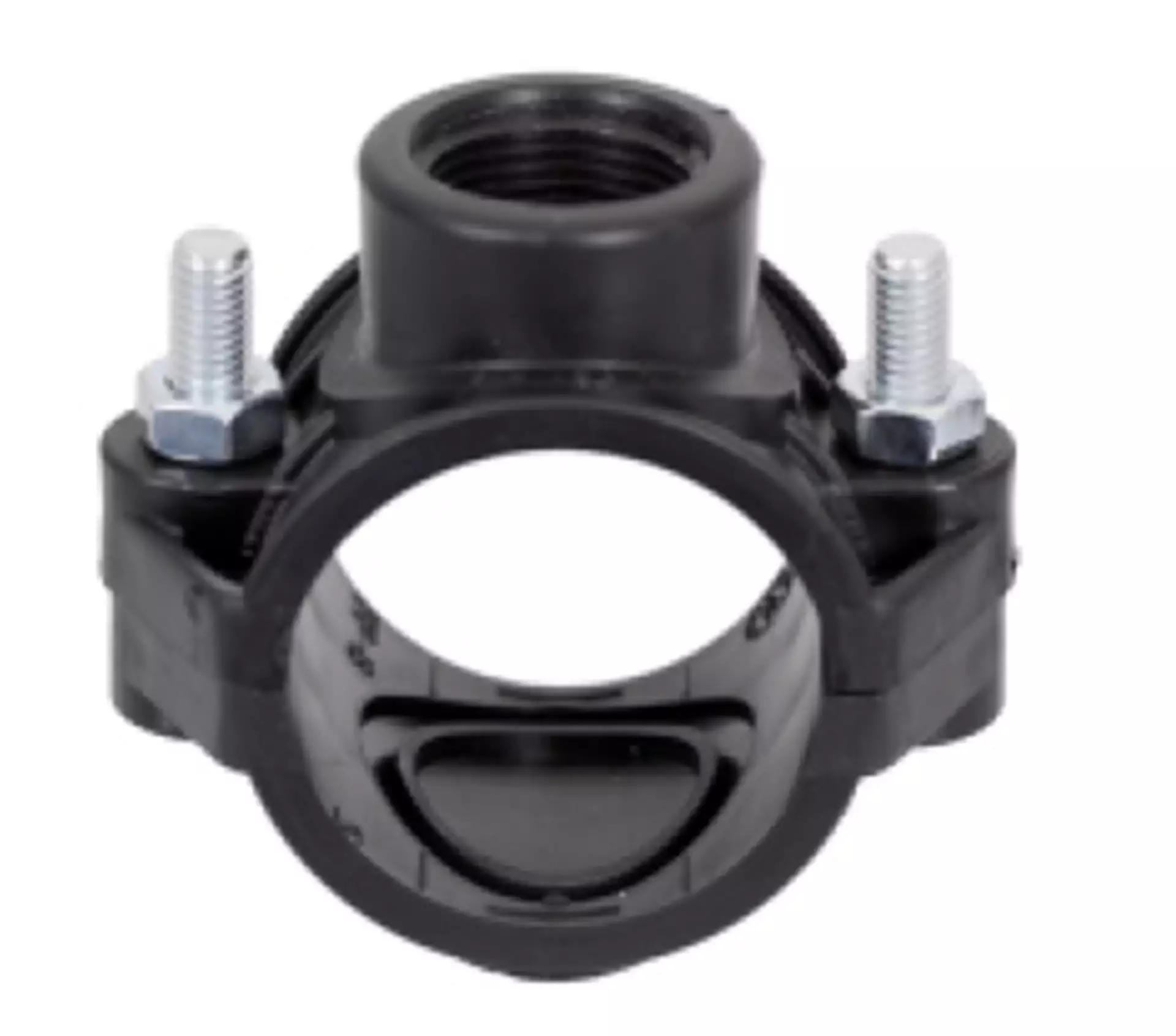MENU
Best Adhesive for Rubber to Metal
In industrial manufacturing and repair processes, achieving a reliable bond between rubber and metal surfaces is crucial for product performance and durability. This necessitates the use of high-quality adhesives specifically formulated for rubber to metal bonding. In this article, we explore the importance of selecting the best adhesive for bonding rubber to metal, its benefits, applications, and factors to consider when making your choice.
Understanding the Best Adhesive for Rubber to Metal:
The best adhesive for rubber to metal applications is a specialized bonding agent engineered to create strong and lasting bonds between rubber and metal surfaces. These adhesives typically feature advanced formulations that ensure optimal adhesion strength, flexibility, and resistance to environmental factors.
Benefits of the Best Adhesive for Rubber to Metal:
- Exceptional Adhesion Strength: The top adhesive options offer superior bonding strength, ensuring that rubber components adhere securely to metal surfaces even under challenging conditions.
- Flexibility: High-quality adhesives for rubber to metal bonding provide flexibility, allowing for movement and vibration absorption without compromising bond integrity.
- Corrosion Resistance: The best adhesives are formulated to resist corrosion, protecting the bonded surfaces from rust and degradation over time, thus extending the lifespan of the bonded assembly.
- Versatile Applications: These adhesives find applications across various industries, including automotive, electronics, construction, and more, highlighting their versatility and adaptability.
Applications of the Best Adhesive for Rubber to Metal:
- Automotive Industry: In automotive manufacturing and repair, the top adhesive choices are used to bond rubber seals, gaskets, and weather stripping to metal components, ensuring optimal performance and longevity.
- Electronics Sector: High-quality adhesives for rubber to metal bonding play a critical role in electronic device assembly, providing secure bonding of rubber components to metal enclosures, thus enhancing product durability and reliability.
- Construction and Infrastructure: In construction applications, the best adhesives are utilized to bond rubberized materials to metal structures, offering waterproofing and vibration dampening properties.
Selecting the Best Adhesive:
- Compatibility: Ensure the adhesive is compatible with both the rubber and metal substrates being bonded, considering factors such as material composition and surface preparation requirements.
- Performance Requirements: Consider specific performance requirements such as temperature resistance, chemical resistance, and bonding strength when selecting the best adhesive for your application.
- Application Method: Choose an adhesive application method suitable for your production process, whether it’s manual application, automated dispensing, or pre-formed adhesive components.
- Quality and Reliability: Opt for adhesives from reputable manufacturers known for their quality, consistency, and adherence to industry standards to ensure the best results.
In conclusion, selecting the best adhesive for rubber to metal bonding is essential for achieving strong, durable, and reliable bonds in various industrial applications. By understanding the benefits, applications, and selection criteria outlined in this article, manufacturers can make informed decisions when choosing adhesive solutions tailored to their specific bonding needs. With the right adhesive, seamless bonds between rubber and metal become achievable, contributing to enhanced product performance and efficiency across diverse industrial sectors.
This comprehensive guide aims to provide valuable insights into the world of rubber to metal adhesives, assisting professionals in optimizing their bonding processes and product quality effectively.
